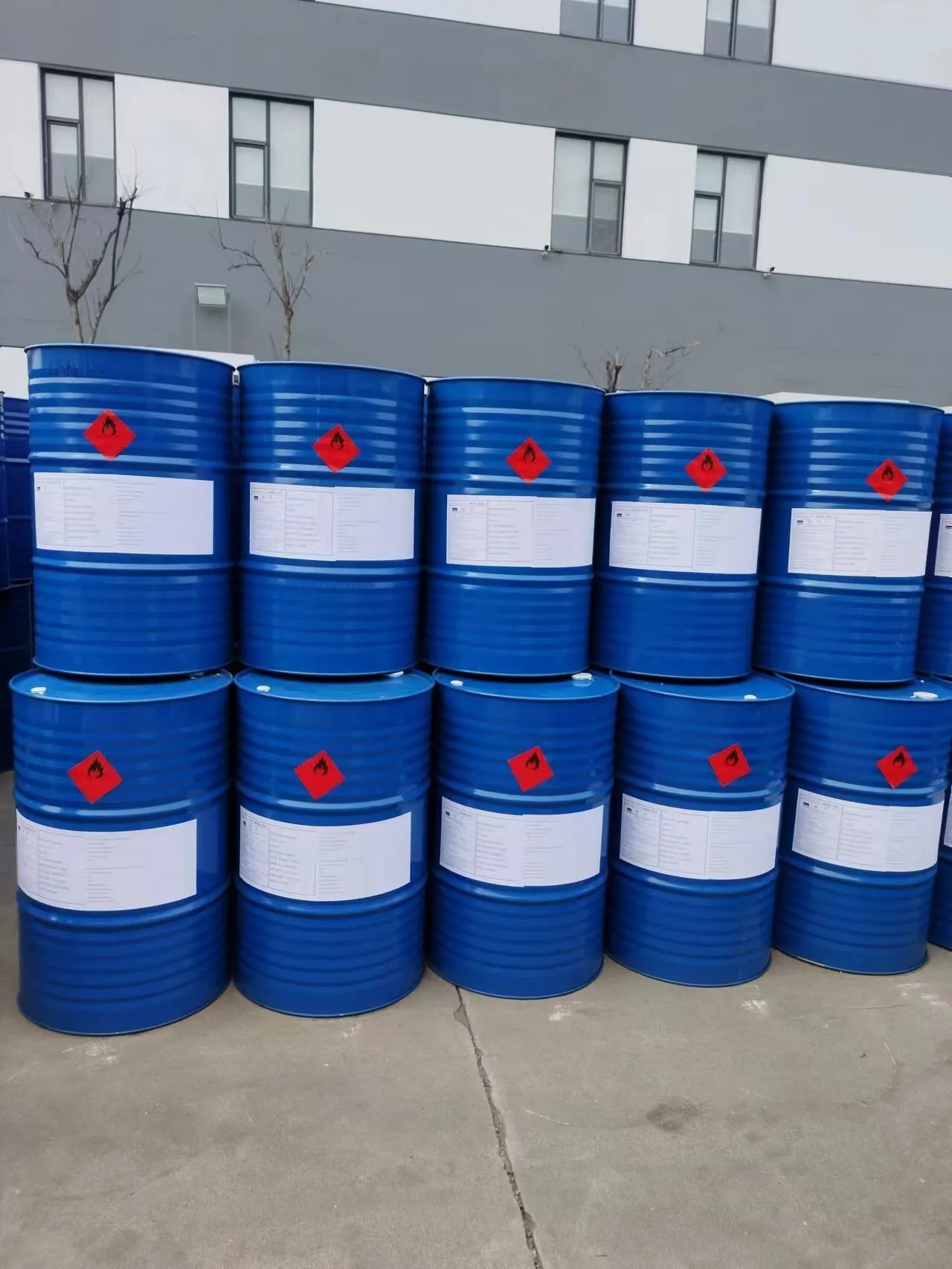
aluminum and hydroxide
The Role of Aluminum and Hydroxide in Various Applications
Aluminum and hydroxide are two significant components in numerous fields, ranging from engineering to health care. Their combination forms aluminum hydroxide, a compound that has garnered attention for its diverse applications in both industrial and medical contexts. This article explores the properties, uses, and implications of aluminum and hydroxide in various domains.
Properties of Aluminum Hydroxide
Aluminum hydroxide (Al(OH)₃) is a white, powdery compound that occurs naturally as the mineral gibbsite. It is insoluble in water and has amphoteric properties, meaning it can react with both acids and bases. This characteristic makes aluminum hydroxide a versatile substance in various chemical processes. It has a relatively low molecular weight and specific surface area, which allows it to interact effectively with other chemicals.
In terms of mechanical properties, aluminum hydroxide is notable for being lightweight, yet it possesses reasonable strength characteristics. These attributes make it an ideal choice in applications where weight reduction is crucial without sacrificing performance.
Industrial Applications
One of the prominent uses of aluminum hydroxide is as a raw material in the production of aluminum metal. By undergoing a process known as Bayer's process, bauxite ore is refined to produce aluminum oxide (alumina), which can then be reduced to aluminum through electrolysis. This process is fundamental to the aluminum industry, which is known for producing lightweight and corrosion-resistant materials used in automobiles, aircraft, and construction.
Aluminum hydroxide also functions as a flame retardant in various materials. Its ability to dehydrate and release water when heated lowers the material's flammability, making it a preferred additive in plastics, textiles, and coatings. This is of utmost importance in industries where fire safety is paramount, including construction and consumer goods.
Another industrial application of aluminum hydroxide lies in water treatment. It acts as a coagulant to clarify drinking water and wastewater by aggregating impurities into larger particles that can be easily removed. The effectiveness of aluminum hydroxide in this regard is crucial for maintaining public health standards and protecting the environment.
aluminum and hydroxide

Medical Uses
Aluminum hydroxide is widely utilized in the medical field, most notably as an active ingredient in antacids, which are used to relieve symptoms of heartburn and indigestion. It works by neutralizing stomach acid, providing quick relief to those suffering from acid-related conditions. Its use in over-the-counter medications showcases its safety and efficacy when consumed in appropriate doses.
In addition to its antacid properties, aluminum hydroxide is also used as an adjuvant in vaccines. Adjuvants are substances that enhance the body's immune response to the vaccine's active ingredient. By helping to stimulate a stronger immune response, aluminum hydroxide plays a critical role in vaccine formulation, thereby contributing to public health initiatives aimed at disease prevention.
Environmental Considerations
Despite its many benefits, the use of aluminum hydroxide is not without concerns. The extraction and processing of aluminum can have significant environmental impacts, including habitat destruction and high energy consumption. Moreover, the accumulation of aluminum compounds in the environment has raised questions about their long-term effects on ecosystems and human health.
Regulatory bodies and industries are increasingly aware of these environmental considerations and are working to adopt more sustainable practices. Innovations in recycling and the development of greener production methods for aluminum and its compounds may mitigate some of these impacts in the future.
Conclusion
Aluminum hydroxide is a compound of immense significance across multiple industries, with applications in manufacturing, public health, and environmental management. Its properties make it a highly versatile material, whether as a key ingredient in aluminum production, a flame retardant, or a component in medical treatments. As society continues to innovate and address environmental challenges, the future applications of aluminum and hydroxide—along with sustainable practices—will be critical as we strive for a more sustainable and healthy world. The balance between harnessing the benefits of these substances and minimizing their ecological footprint will ultimately determine their role in our future.
-
Pure Sodium Dichloroisocyanurate Dihydrate | Powerful DisinfectantNewsAug.29,2025
-
Industrial Chemicals: Quality & Purity for Every IndustryNewsAug.28,2025
-
Nitrile Rubber Honoring Strict Production StandardsNewsAug.22,2025
-
Aspartame Ingredients Honoring Food Safety ValuesNewsAug.22,2025
-
Fertilizer for Balanced Plant NutritionNewsAug.22,2025
-
Cyanide Gold Processing with High Purity AdditivesNewsAug.22,2025
-
Formic Acid in Textile Dyeing ApplicationsNewsAug.22,2025
Hebei Tenger Chemical Technology Co., Ltd. focuses on the chemical industry and is committed to the export service of chemical raw materials.
-

view more DiethanolisopropanolamineIn the ever-growing field of chemical solutions, diethanolisopropanolamine (DEIPA) stands out as a versatile and important compound. Due to its unique chemical structure and properties, DEIPA is of interest to various industries including construction, personal care, and agriculture. -

view more TriisopropanolamineTriisopropanolamine (TIPA) alkanol amine substance, is a kind of alcohol amine compound with amino and alcohol hydroxyl, and because of its molecules contains both amino and hydroxyl. -

view more Tetramethyl Thiuram DisulfideTetramethyl thiuram disulfide, also known as TMTD, is a white to light-yellow powder with a distinct sulfur-like odor. It is soluble in organic solvents such as benzene, acetone, and ethyl acetate, making it highly versatile for use in different formulations. TMTD is known for its excellent vulcanization acceleration properties, which makes it a key ingredient in the production of rubber products. Additionally, it acts as an effective fungicide and bactericide, making it valuable in agricultural applications. Its high purity and stability ensure consistent performance, making it a preferred choice for manufacturers across various industries.





